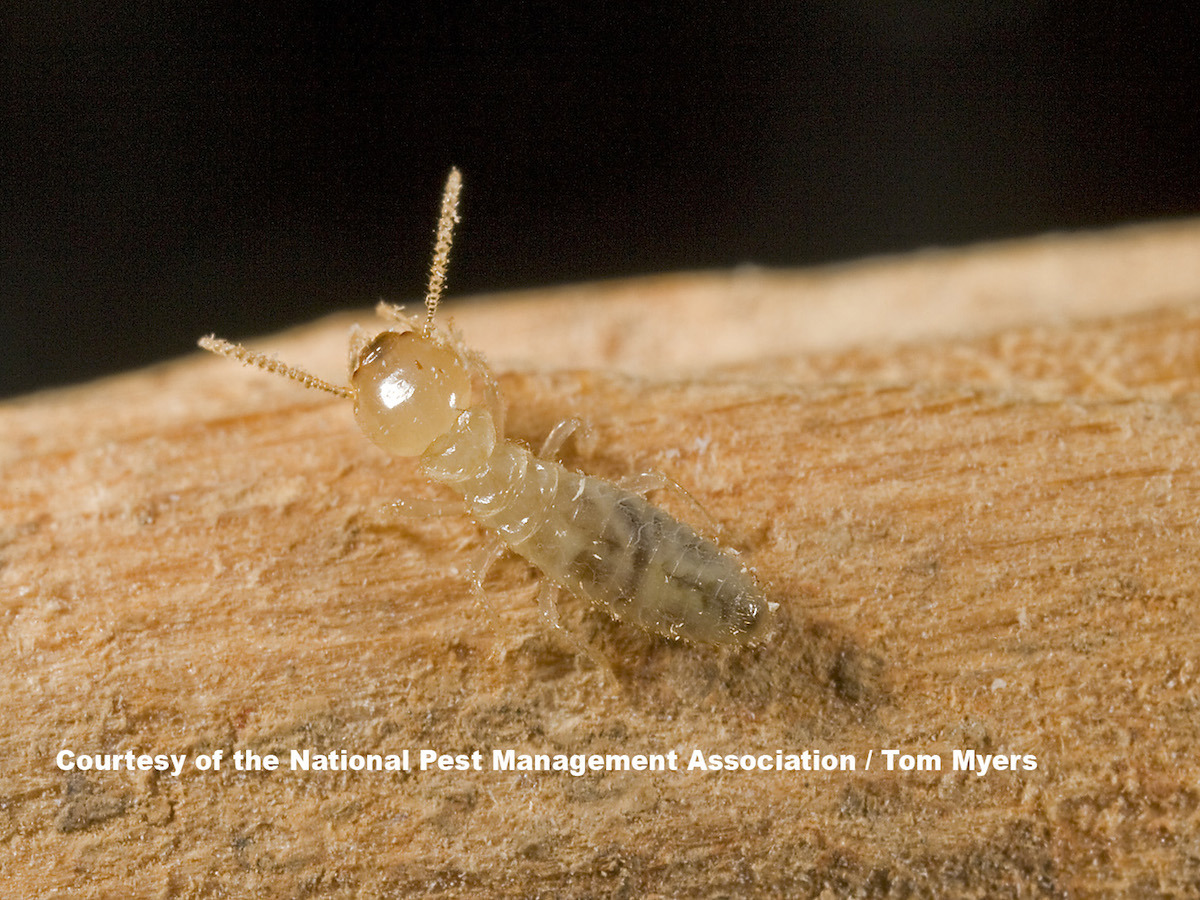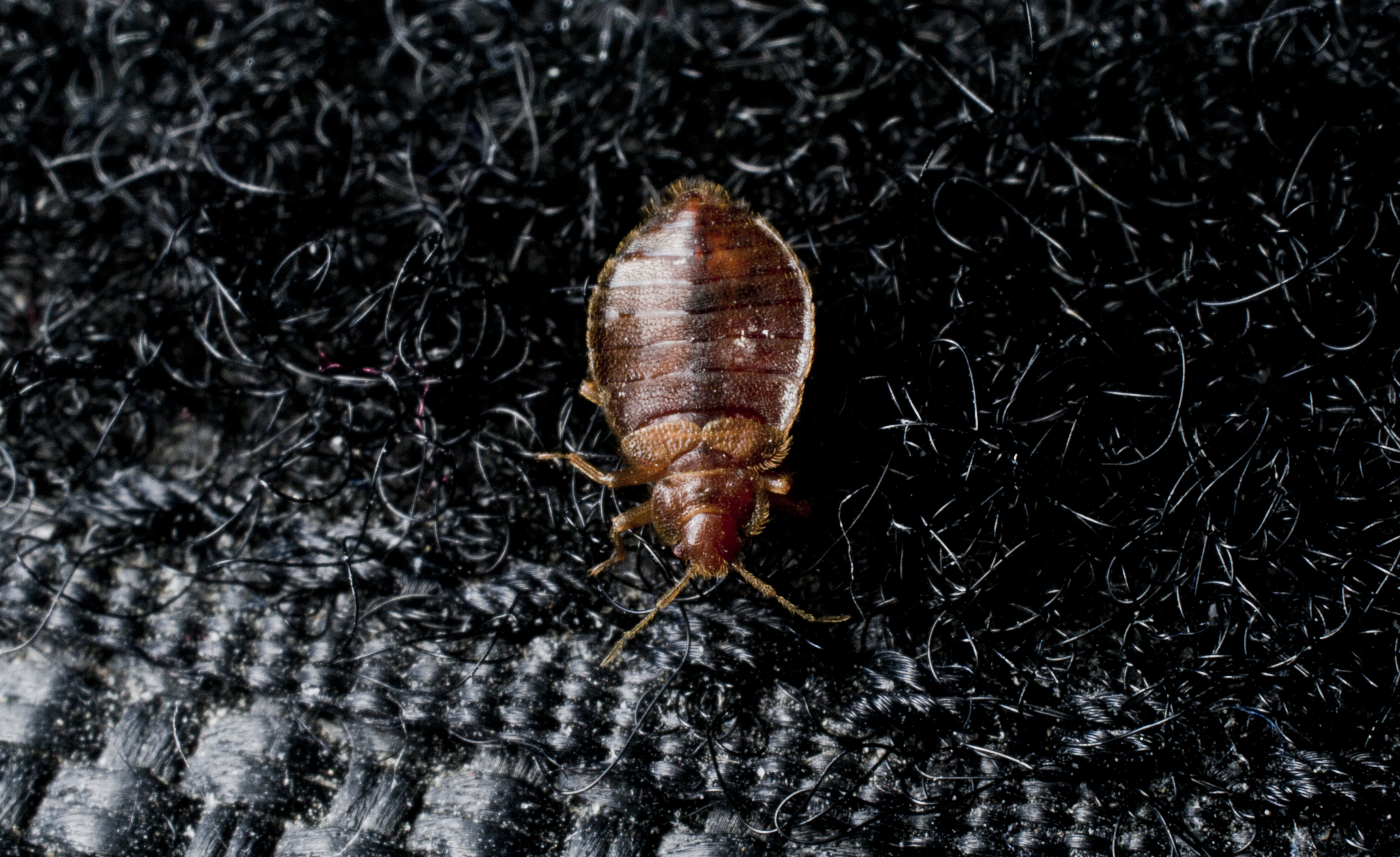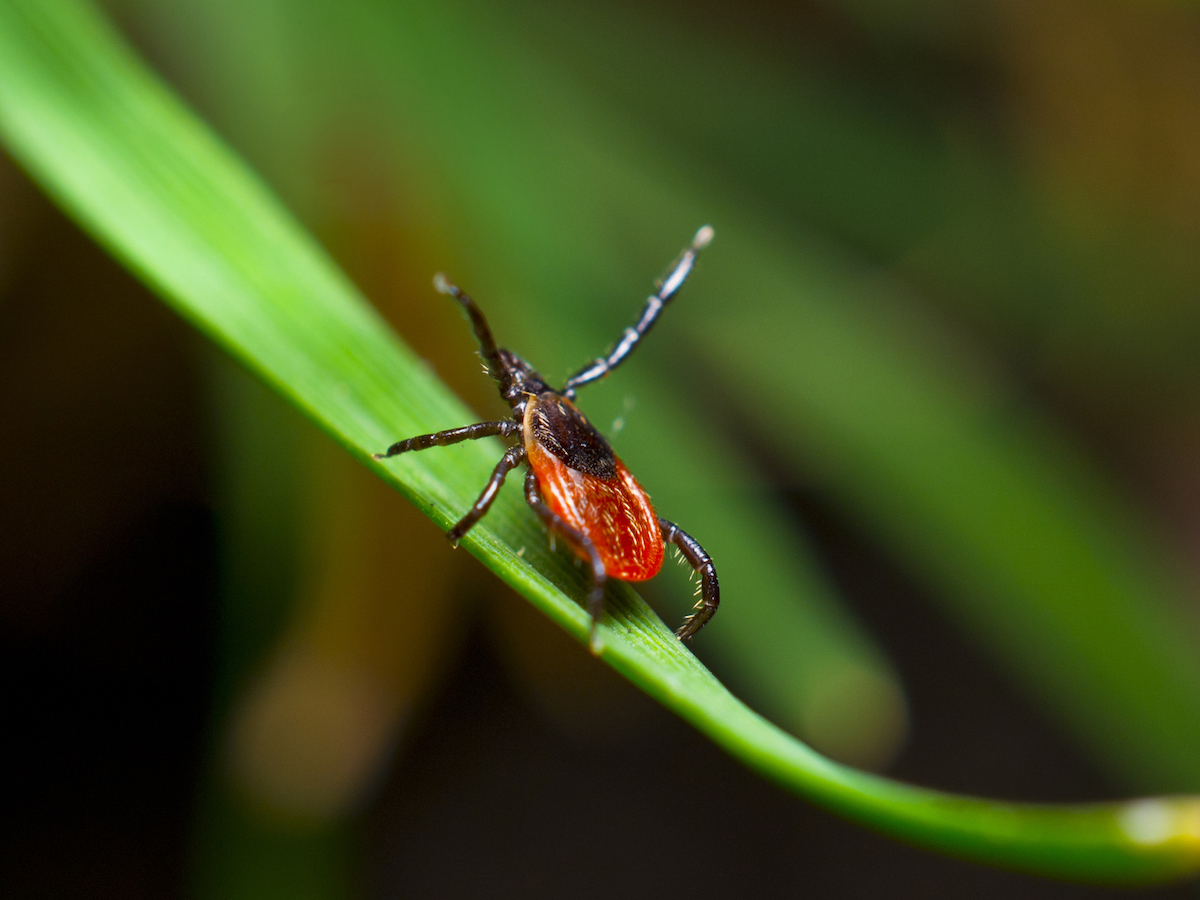Bees 101
There are over 20,000 known species of bees in the world and 4,000 that are native to the United States. They visit flowering plants to feed on nectar and pollen, and play an important role as pollinators in our ecosystem. Some species are equipped with a stinger that they use to defend themselves against predators or intruders. Most species of bees are not aggressive and will not attack unless provoked, though some species may be more territorial than others. Read on to learn more about the various species of bees you could encounter in your region.
Types of Bees
European Honey Bees
Likely the most known species of bee is the European honey bee who gets its name from the sweet honey they produce using the nectar and pollen of various plants. These kinds of bees play a critical role in pollination so although they may seem scary, protecting them is vital and an infestation should be handled by a licensed professional.
Worker honey bees are often orange-brown or black in color, and can range from ½ to 5/8 inches in length with the queen bee being slightly larger between 5/8 to ¾ inches long.
 A Worker European honey bee
A Worker European honey bee
Worker and queen honey bees both have stingers whereas drones (male honey bees) do not. Stings can be scary, painful, and even dangerous if you are allergic. Therefore, it is best to avoid any interaction with bees or their hives if possible. If you do encounter bees on or near your property, contact a licensed pest professional to have the bees safely removed. If you are stung, check out these expert tips for treating a bee sting from the experts at NPMA.
Africanized Honey Bee
African honey bees are a subspecies of the western honey bee that naturally occurs in sub-Saharan Africa. These kinds of bees were imported to Brazil in the late 1950’s with the goal of hybridizing them with the European honey bee to produce more productive bees. The hybridized colonies accidentally escaped quarantine and began rapidly spreading across the Americas, arriving in the United States in 1990. The term “Africanized honey bee” refers to the hybrid species in regions outside of Africa where it has been introduced. Compared to other honey bee species, African honey bees are more aggressive and territorial than western honey bees. Workers will defend a larger area around their nest and will readily deploy hundreds of bees to defend against potential threats to the colony.
 A Worker Africanized honey bee
A Worker Africanized honey bee
It can be difficult to tell Africanized honey bees apart from calmer types of bees, so always use caution when you encounter any bee or hive. Because of their aggressive nature and similar appearance to European honey bees, it is not recommended to ever approach any bee or its hive. When in doubt, call a pro!
Bumble Bee
Bumble bees are beneficial insects that, like honey bees, pollinate crops and plants but they do not produce honey. Many species are larger than honey bees, with some reaching approximately 1 inch in length, and are yellow with black stripes. The loud buzzing emitted from a hive can be off putting to humans, but as with any stinging insect, remaining calm and not disturbing their habitat is the first step in preventing stings and aggressive behavior from this or any type of bee.
 A bumble bee
A bumble bee
Carpenter Bees
This bee species looks similar to bumble bees, but they lack the fuzzy yellow stripes on their abdomen. The color of carpenter bees’ shiny bodies can vary between species and even appear metallic like with the female valley carpenter bee.
 A carpenter bee
A carpenter bee
Carpenter bees get their name from their nesting habits. Adult carpenter bees will chew a hole into wood then excavate tunnels in the wood to use as nesting chambers to lay eggs or to stay dry and warm during colder months. To identify damage to a building or structure, regularly inspect the perimeter for smooth round holes or the presence of hovering bees. Unlike other bees, carpenter bees do not live in colonies, but instead excavate individual nests, often in trees or the wooden frames, eaves, or sides of buildings. Luckily, the male carpenter bee (most commonly encountered) does not sting. The female can, though it is very rare.
Bee Careful And Use Caution!
Identifying species of bees can be tricky for the average homeowner and you don’t want to put yourself at risk for a sting, so always remember to exercise caution around any kind of bee or hive. If you are stung, seek immediate medical attention if a serious reaction occurs.
For all concerns related to the removal of a nest, contact a licensed pest control professional.

What is a Termite Inspection and Do You Need One?
The answer: YES! This pest can cause significant and costly damage to your home. Read on to find out how.

Bed Bug Pest Guide
Traveling for the holidays this year? Be sure to keep an eye out for bed bugs! Use our Pest Guide to help identify this pest.

NPMA's TickTalk
Check out NPMA's TickTalk.org for information about this pest, including the various species and health threats they pose.
Find a PEST PRO in your area

What is a Termite Inspection and Do You Need One?
The answer: YES! This pest can cause significant and costly damage to your home. Read on to find out how.

Bed Bug Pest Guide
Traveling for the holidays this year? Be sure to keep an eye out for bed bugs! Use our Pest Guide to help identify this pest.

NPMA's TickTalk
Check out NPMA's TickTalk.org for information about this pest, including the various species and health threats they pose.
